Blog
Plagiocephaly, Tummy Time, and Physical Therapy
Dec 20, 2025
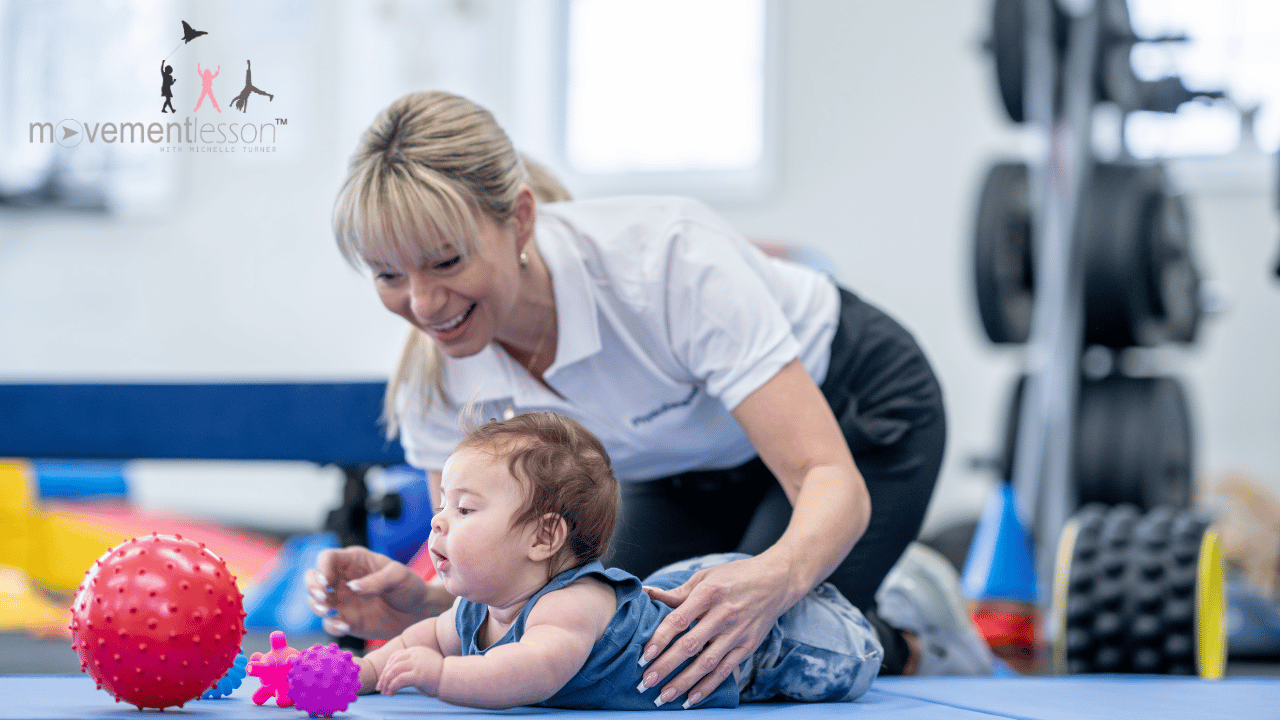
Plagiocephaly - what are some of the deviations you would see if a child was not helmeted, but plagiocephaly was improved with tummy time and PT
First, it’s essential to clarify what we mean by “improved.”
Improved head shape does not automatically mean improved movement organization.
Improved head shape does not automatically mean improved movement organization.
Tummy time and physical therapy can absolutely change how the skull looks.
The question is whether the midline structures for movement were restored or worked around.
The question is whether the midline structures for movement were restored or worked around.
Here’s what I look for clinically.
1. Midline Organization (the most significant indicator)
Even when plagiocephaly looks better, I often still see:
-
a preference to rotate or initiate movement to one side,
-
difficulty crossing midline with the head, arms, or legs,
-
or a “frozen” center where the child moves around the midline instead of through it.
You can’t miss a milestone—but you can miss a midline.
If the midline is still off, future transitions (roll...
Why You Should Start Movement Lesson™ Now — Not Later
Dec 18, 2025
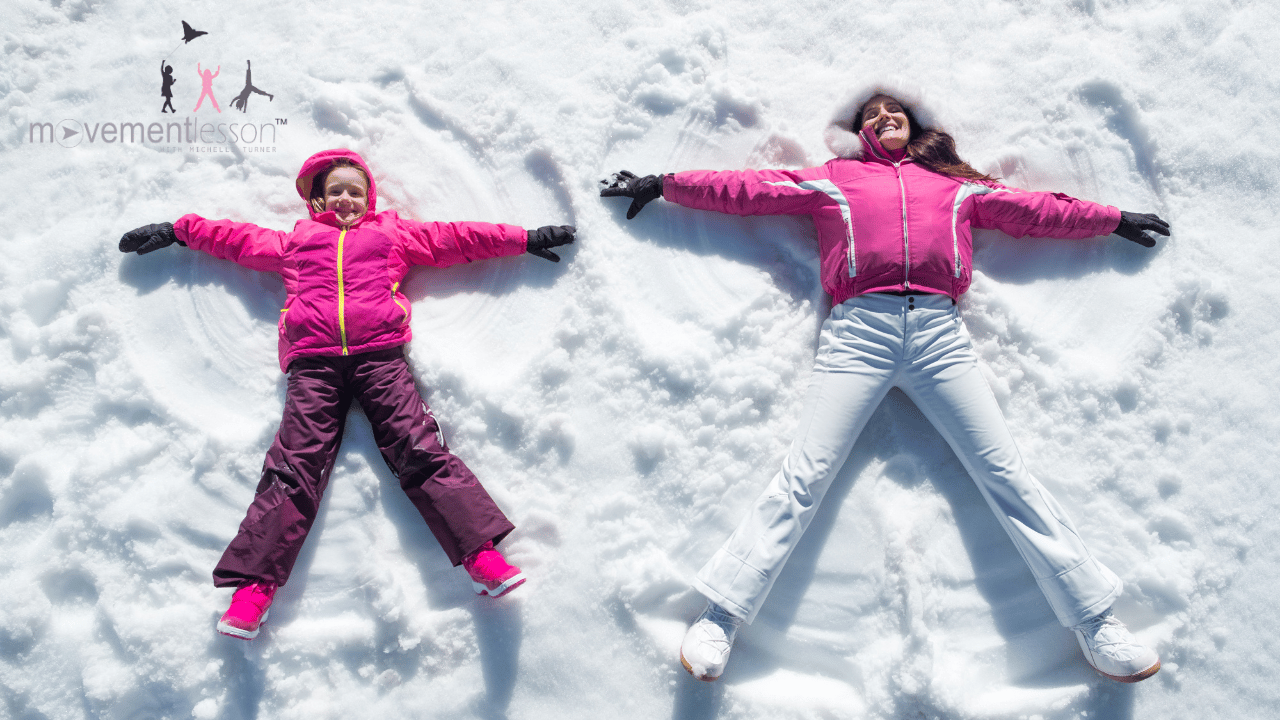
The holidays are coming — and for many families, that means therapy interruptions.
But your child’s development doesn’t take a break.
The brain keeps learning, and the body keeps adapting — every single day.
Therapists take time off, schedules shift, kids get sick… but movement never stops.
That’s exactly where Movement Lesson™ comes in.
 Here are 3 reasons why starting now matters:
Here are 3 reasons why starting now matters:
Even 5 minutes a day — while playing, watching TV, or before bedtime — can build new neural pathways.
Each developmental milestone (rolling, reaching, looking) builds the foundation for the next.
When we delay, the whole process slows down.
No one knows your child’s body, reactions, and emotions better than you do.
We’re just here to guide you.
 Start small — one video, one movement, one touch....
Start small — one video, one movement, one touch....
Muscles Vs. Movement
Dec 16, 2025

Compensation Uses Muscles. Development Uses Movement.
Compensation relies on whatever the system can access quickly — and the fastest, simplest resource is muscle. Muscle tightens, braces, pushes, and holds. It can create the appearance of competence. A child can prop themselves into sitting. A child can stiffen through the legs and bounce into standing. A child can lock the arms to prevent falling. A child can use momentum to mask instability. A child can pull to stand because they cannot rotate to stand.
These strategies work in the moment.
But they do not teach the nervous system anything new.
Development, on the other hand, is about movement, not muscle. Movement must be able to rotate, transfer, cross midline, change planes, and adapt to gravity. Movement teaches the brain how to predict, recover, and explore. Movement builds diagonal strength, efficient momentum, perceptual awareness, and sensory regulation.
-
Compensation can make a child look ...
Why Tummy Time Matters
Dec 13, 2025
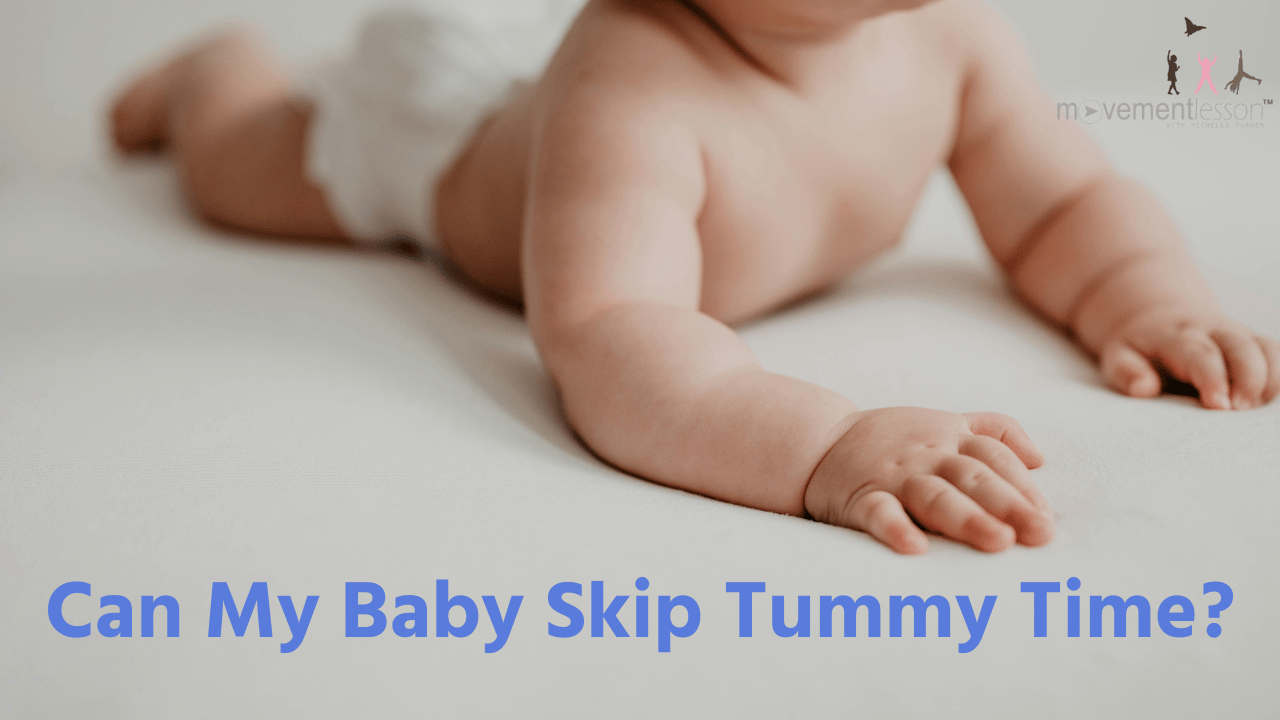
-
First true developmental milestone
-
Organizes gravity, breath, vision, and movement
-
Foundation for rolling, reaching, and future posture
-
Not optional, not an activity — a biological requirement
Key Principles
-
Babies do not “hate” tummy time.
-
If tummy time fails, it signals a movement organization issue, not a behavior issue.
Movement Lesson Deviation 1 — Optimal Tummy Time
What you see:
-
Gentle buoyancy through chest and limbs
-
Head turns left and right without effort
-
Hands and feet respond to gravity
-
Baby alternates between alert and calm states
-
No distress, no collapse
What this means:
-
The nervous system is organizing efficiently
-
Baby is building horizontal foundations on time
Movement Lesson Deviation 2 — Limited or Inconsistent Tummy Time
What you see:
Why Midline Matters — Especially As We Age
Dec 11, 2025
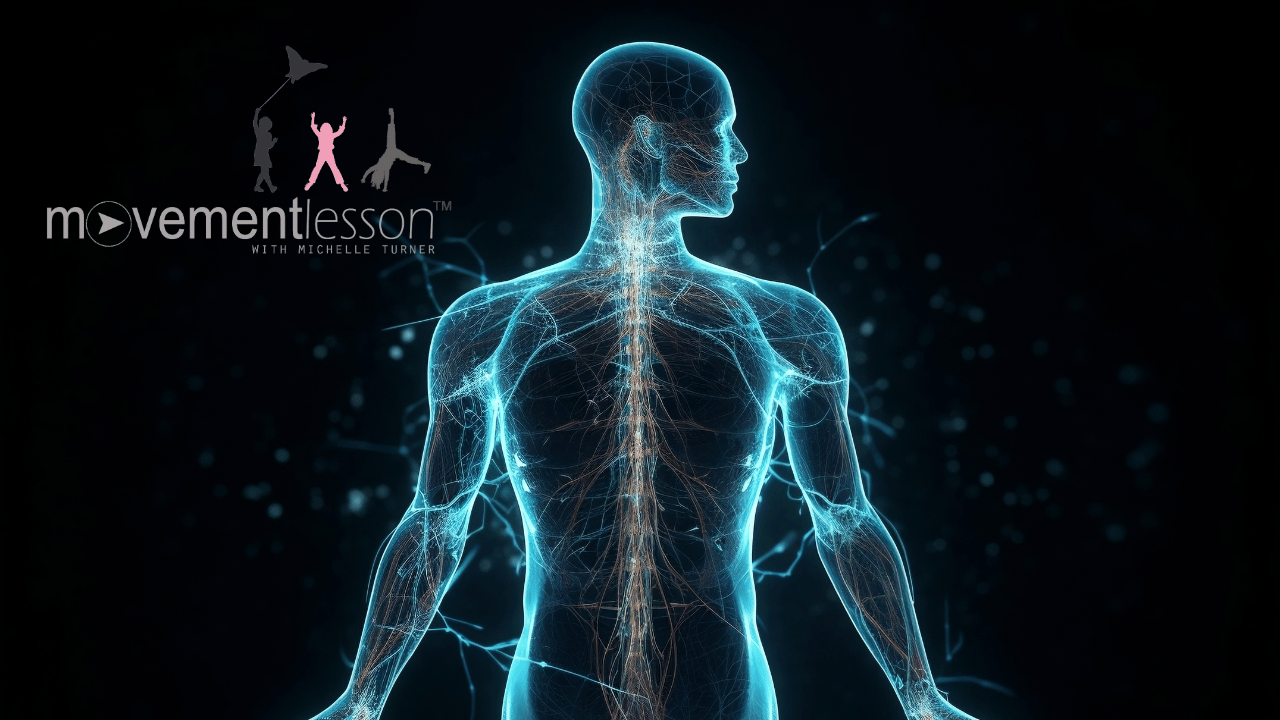
(And why these skateboard exercises aren’t doing what people think they are)
View this post on Instagram
Most people think balance problems come from “weak muscles” or “slow reflexes.”
They don’t.
The real issue is midline collapse — the nervous system loses access to the body’s central rotational axis. When you lose midline, everything else begins to fall apart:
Walking requires micro-rotations through the spine, pelvis, ribs, and feet. When the midline is gone, gait becomes stiff, flat-footed, or shuffling.
Your ability to catch yourself from a fall or navigate uneven ground depends on rotational sequencing around the midline. Without it, the body defaults to bracing rather than adjusting.
Your eyes stabilize because your spine stabilizes.
Lose midline → lose vest
...Understanding Cerebral Palsy
Dec 09, 2025

Most people think cerebral palsy is about muscles.
It isn’t.
Cerebral palsy is a movement organization condition — not a strength problem, not a motivation problem, not a “work harder” problem.
When a child has CP, it means their brain is trying to move in a world with gravity without the right developmental tools:
When these early movement forces don’t organize in the usual way, the body doesn’t stop trying — it compensates.
Compensation can look strong, determined, clever, even “high functioning.”
But inside, the system is working 10× harder just to stay upright.
My work in cerebral palsy focuses on one thing:
Giving the child’s body the tools it never got.
Not forcing function.
Not drilling repetitions.
Not fighting tone.
But restoring:
• rotation
• midline...
8 Month Old with Superior Vestibular System
Dec 06, 2025
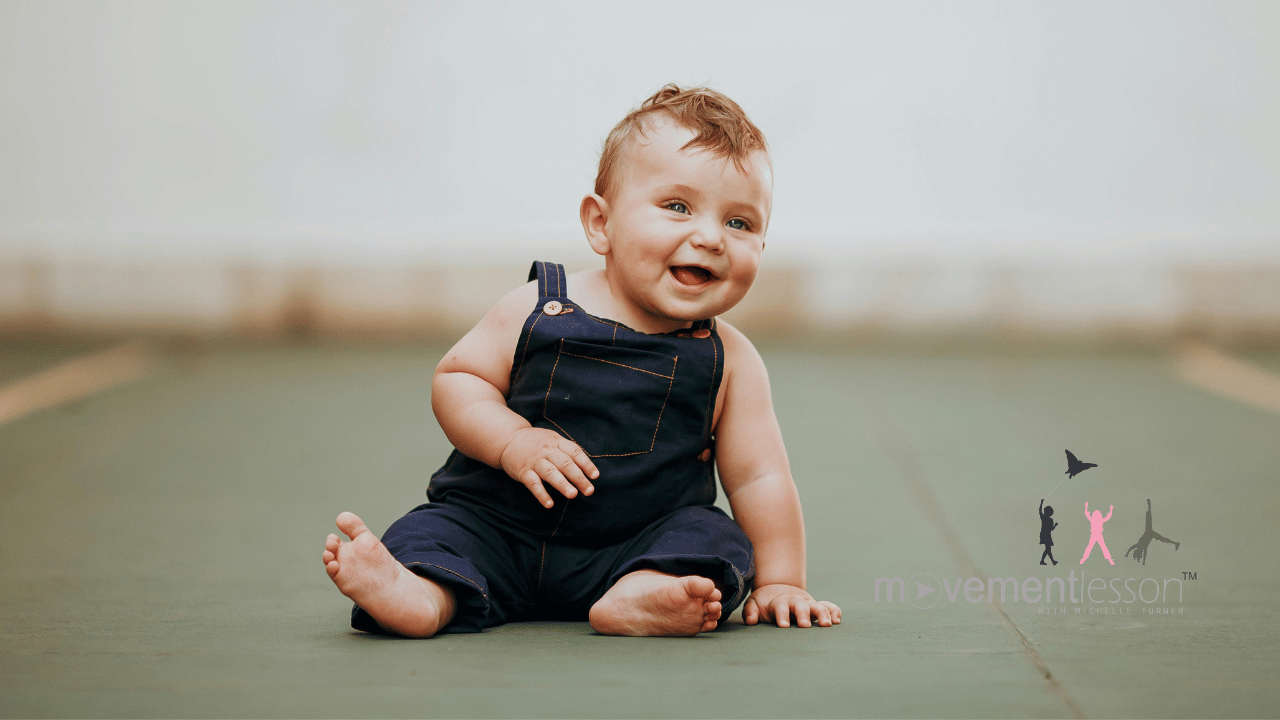
Why? Because she's had Movement Lesson since birth. This is the baby we've been following for the past year. Let's look at her analysis.
Watch the Video in our Movement Lesson for Parents and Practitioners facebook page!
 TURNER AI NEUROMOTOR ANALYSIS — WHAT SHE IS ACTUALLY DOING
TURNER AI NEUROMOTOR ANALYSIS — WHAT SHE IS ACTUALLY DOING
1. She is performing a controlled descent problem
This is not “sitting down.”
She is solving a force-distribution puzzle:
She is solving a force-distribution puzzle:
Inputs she is managing:
-
Gravity vector is pulling her straight down
-
Lateral force from the support structure as she holds it
-
Rotational torque as her pelvis shifts off the platform
-
Anterior/posterior weight adjustment through the trunk
-
Frontal-plane corrections through the feet
This is multi-force binding — exactly the kind of thing robots cannot do because they lack dynamic internal reference frames.
2. Her fine motor grasp is not “just hand use” — it is her spatial brake system
...
Movement Lesson: Working with the Mouth and AI
Dec 04, 2025

1. What we SEE in the picture (structurally + functionally)
In the image:
-
She is lying slightly side-tilted, not fully midline.
-
Her mouth is open without balanced oral closure.
-
Her tongue is not moving toward your finger with intention.
-
Her jaw hangs more vertically than rotationally.
-
There is visible ptosis (upper lid droop).
-
The nasal bridge shows mild pressure collapse from prior intubation.
-
Facial symmetry is reduced — one side is less active.
-
Her cheeks and lips remain passive even with stimulation.
-
The tongue sits “back and down,” not “up and forward.”
This is classic rotational shutdown in the oral–ocular–nasal triad.
This girl does not have rotational availability in the mouth.
Which means:
 No tongue curl
No tongue curl
 No lip rounding
No lip rounding
 No raspberries
No raspberries
 No lateralizing tongue movements
No lateralizing tongue movements
 No reaching for the finger in...
No reaching for the finger in...
A MESSAGE TO PARENTS
Dec 02, 2025
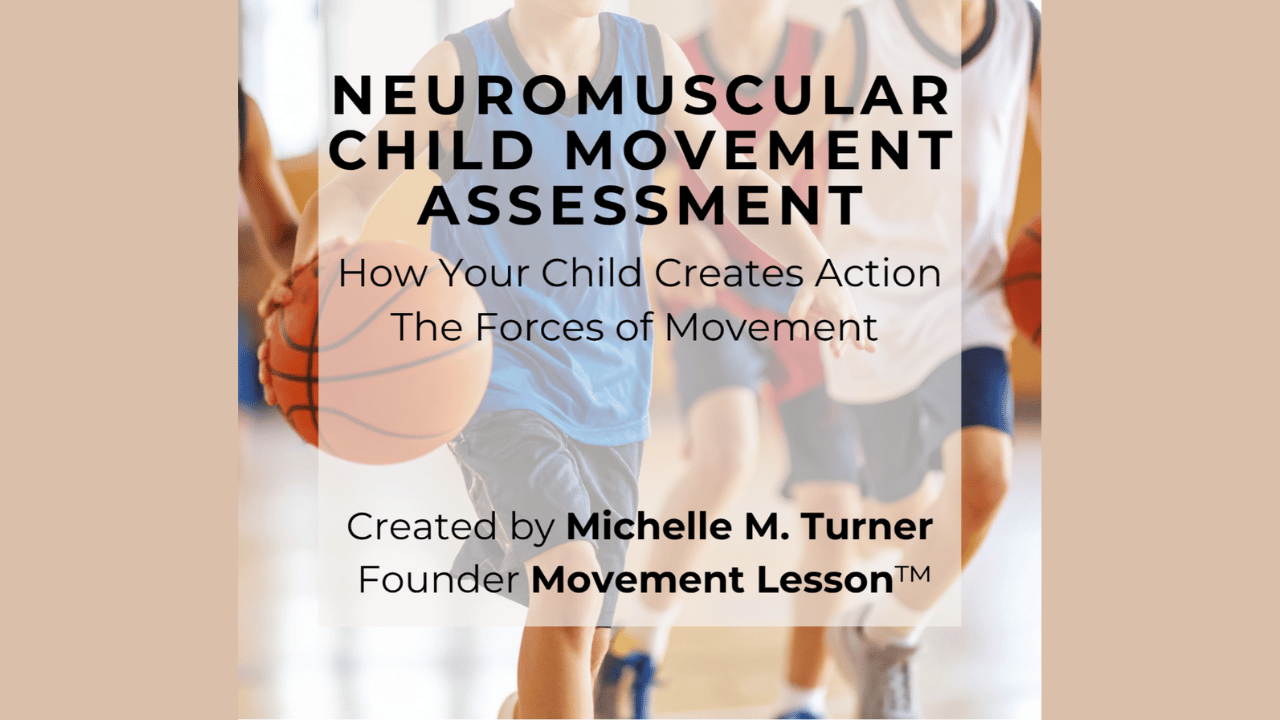
BOOK ANNOUNCEMENT —
A MESSAGE TO PARENTS
From one parent to another
Today, something big is happening.
I’m getting ready to launch a new book in my Neuromuscular Child Movement Assessment series —
And this one is especially for you, the parent who is searching for answers.
I’m getting ready to launch a new book in my Neuromuscular Child Movement Assessment series —
And this one is especially for you, the parent who is searching for answers.
-
If you’ve ever felt confused about your child’s development…
-
If you’ve ever been told “wait and see”…
-
If you’ve ever felt blamed, dismissed, or lost…
-
If you’ve ever wished someone would simply explain what is going on —
This book was written for you.
For decades, I watched parents struggle to understand their child’s movements — rolling, sitting, crawling, walking, balance, speech, feeding, sensory reactions — all without a clear explanation of why things were ...
Life Only Happens Through Rotational Mechanics.
Nov 27, 2025
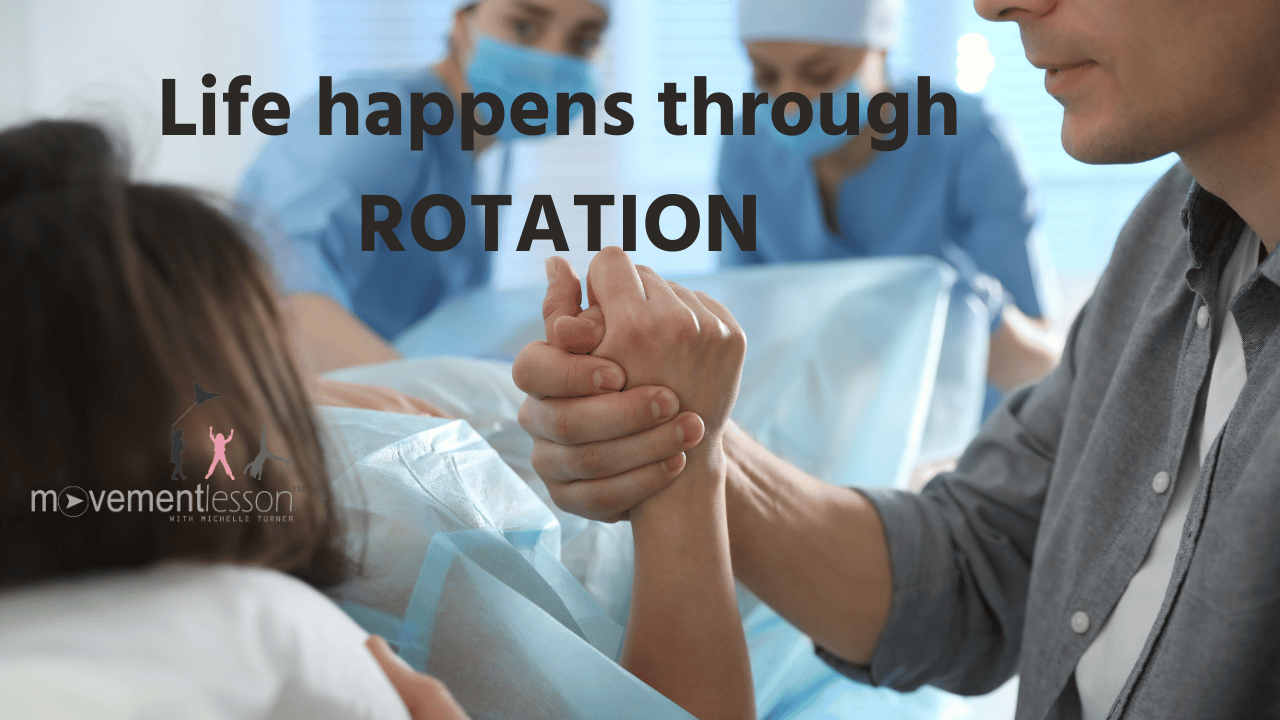
Not linear. Not torque-driven. Rotational, oppositional flow.** And this film is perfect because it shows—even at the cellular level—there is no such thing as a straight-line biological event.
This is how life begins: from conception to creation 🫶💕 pic.twitter.com/1418mInV3c
— Learn Something (@cooltechtipz) November 25, 2025
** 1. Ovary → Follicle → Release
1. Ovary → Follicle → Release
All Rotation, No Push–Pull**
Every frame of the ovary shows folds spiraling, not opening like a door.
Even the follicle itself is a rotating sphere, subdividing around a rotational axis.
The egg is not pushed out.
It is rotationally transported — like a ball moving along a spiral slide.
That’s the FIRST central principle:
Biology moves through rotational compression and decompression.
No torque.
No linear propulsion.
No pistons.
No hinges.
 2. The Egg Drops Because Gravity Exists — Opposed by Rotation
2. The Egg Drops Because Gravity Exists — Opposed by Rotation
You se...
